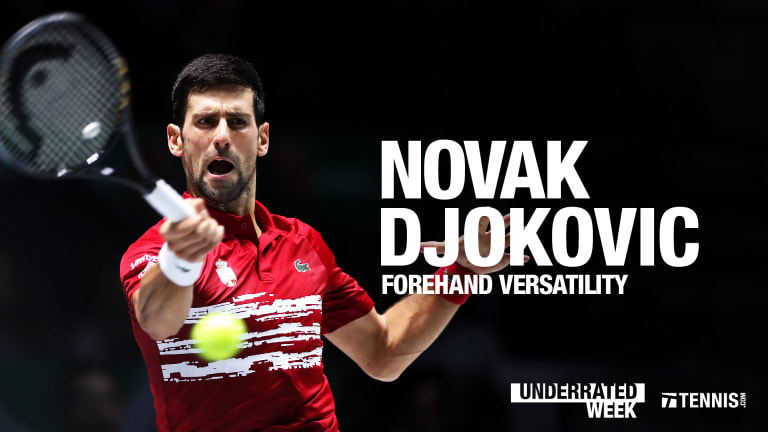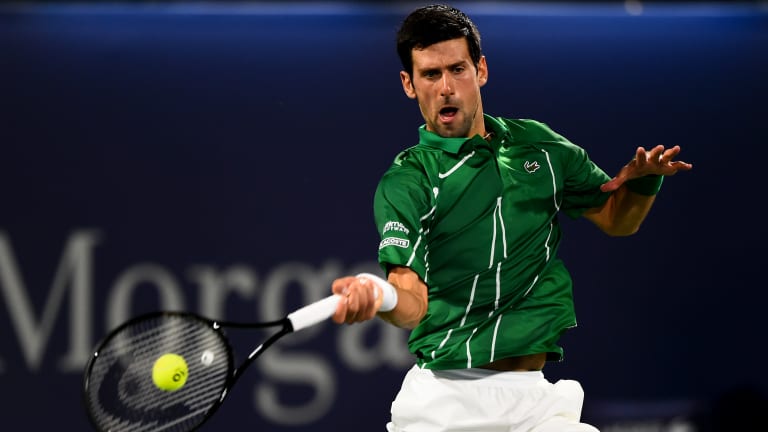Underrated Traits of the Greats: Novak Djokovic's forehand versatility
By May 07, 2020Line Calls
ATP Mutua Madrid Open Betting Preview
By Apr 24, 2024Pop Culture
Novak Djokovic named Laureus World Sportsman of the Year for a fifth time
By Apr 22, 2024Madrid, Spain
Jannik Sinner looks to close gap for world No. 1 in Madrid; Nadal draws 16-year-old Blanch
By Apr 22, 2024Madrid, Spain
Carlos Alcaraz, Rafael Nadal continue recovery from injuries at Madrid Open while Novak Djokovic skips tournament
By Apr 22, 2024Social
'Got any tips?': Novak Djokovic jokes with world's newest tennis star, Matthew McConaughey
By Apr 20, 2024ATP Monte Carlo, Monaco
2024 Monte Carlo final preview: Ruud, Tsitsipas are making this clay season a little less predictable
By Apr 13, 2024ATP Monte Carlo, Monaco
Stefanos Tsitsipas shrugs off double-fault controversy en route to Monte Carlo final
By Apr 13, 2024ATP Monte Carlo, Monaco
Casper Ruud finally beats Djokovic and Stefanos Tsitsipas downs Sinner to set up Monte Carlo Masters final
By Apr 13, 2024ATP Monte Carlo, Monaco
Preview: Are Novak Djokovic and Jannik Sinner primed to meet for the Monte Carlo title?
By Apr 12, 2024Underrated Traits of the Greats: Novak Djokovic's forehand versatility
At the start of his career, we talked about the brilliance of the Serb’s backhand. Maybe, by the time his career is over, we’ll be talking about his forehand the same way—or at least giving it the respect, and the rating, it deserves.
Published May 07, 2020
Advertising

Underrated Traits of the Greats: Novak Djokovic's forehand versatility
Advertising

Underrated Traits of the Greats: Novak Djokovic's forehand versatility
© Getty Images
Advertising

Underrated Traits of the Greats: Novak Djokovic's forehand versatility